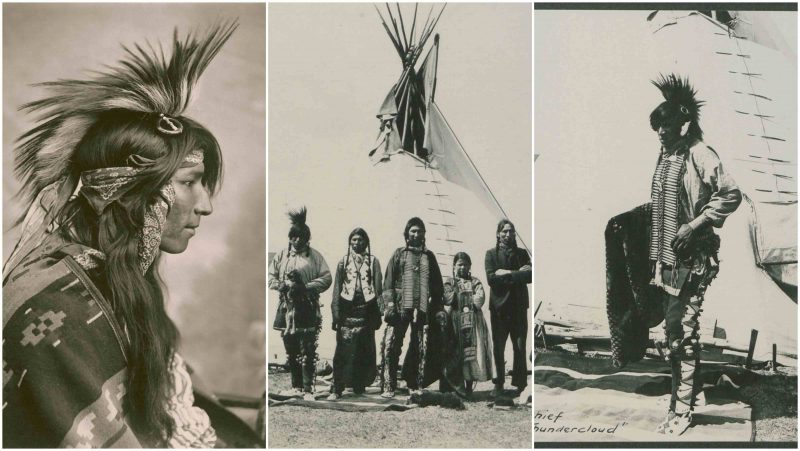With more than 200,000 members living in Canada, The Cree are one of the largest groups of First Nations in North America.
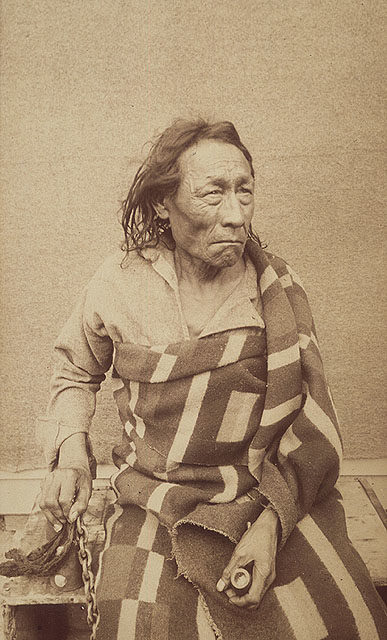
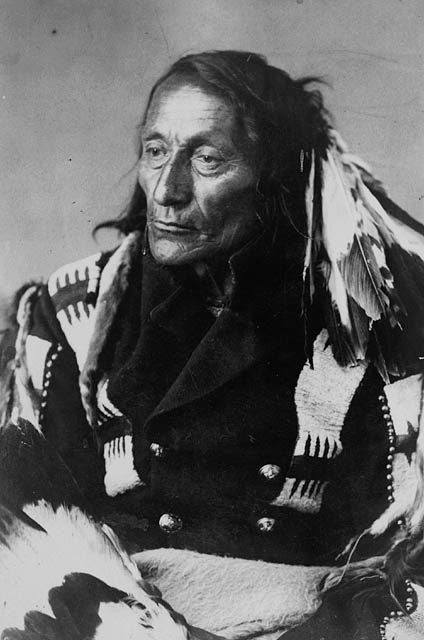
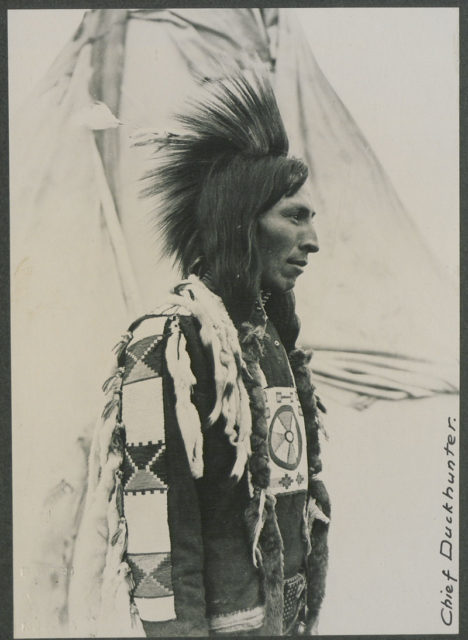
The name Cree derives from te Alongikian language exonym Kirištino, which Ojibwa commonly used to describe tribes living around Hudson Bay.
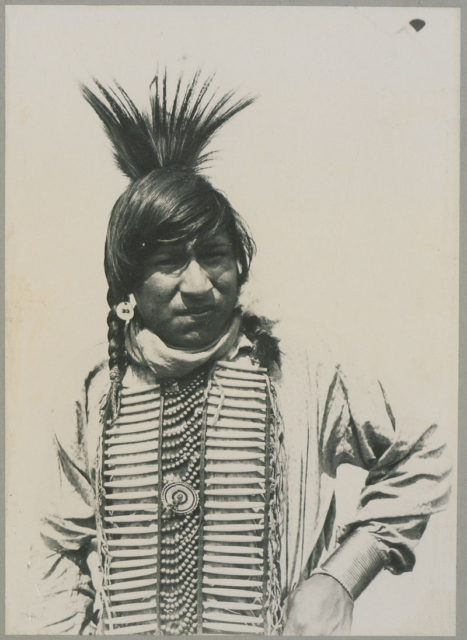
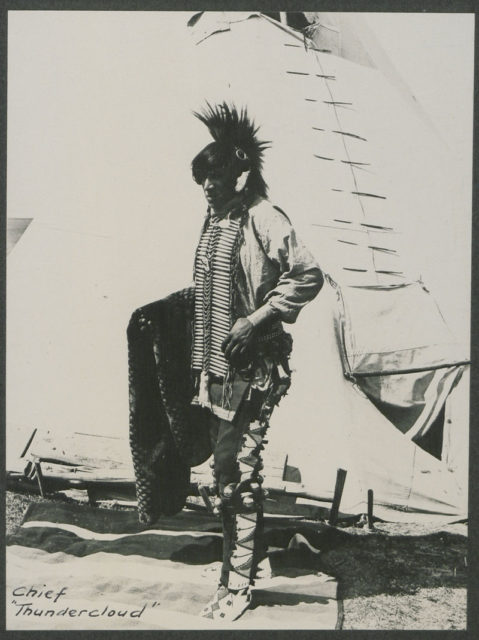
French explorers and colonist when encountered tribes north and west of Lake Superior, spell the term Kiristinon, Kilistinon, Cristenaux, Knisteneaux, and Cristinaux.
These terms were used by the French to refer to several groups of peoples in Canda, some of which are now distinguished as Anishinaabe (Ojibwa), who speak different dialects from the Algonquin.
The Cree call themselves the nīhithaw, nēhilaw,nēhiyawak, and nēhinaw; or ininiw, ililiw, iynu (innu), or iyyu, depending on the community.
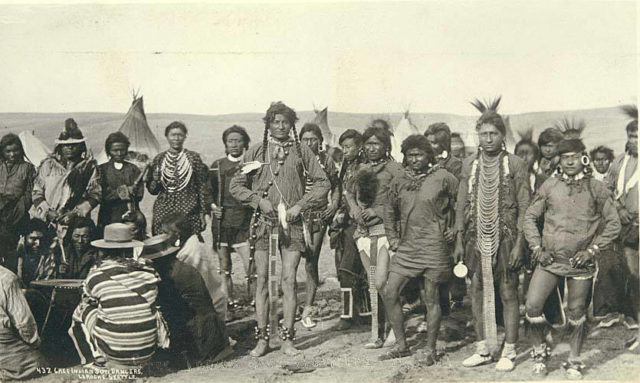
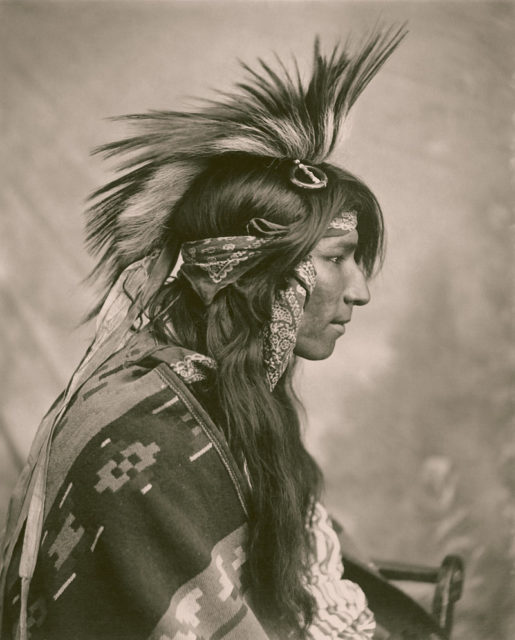
Cree peoples were hunter-gatherers, and the basic unit of an organization were the lodge, a group formed of eight dozen people, most often the families of two separate but related married couple who lived in the same tipi or wigwam, and the band, group of two lodges who moved and hunted together.
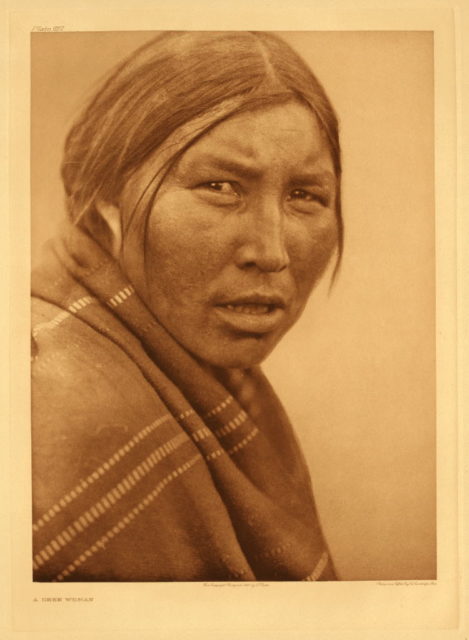
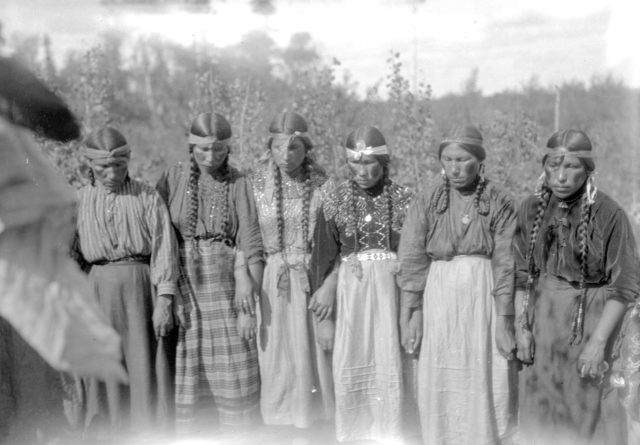
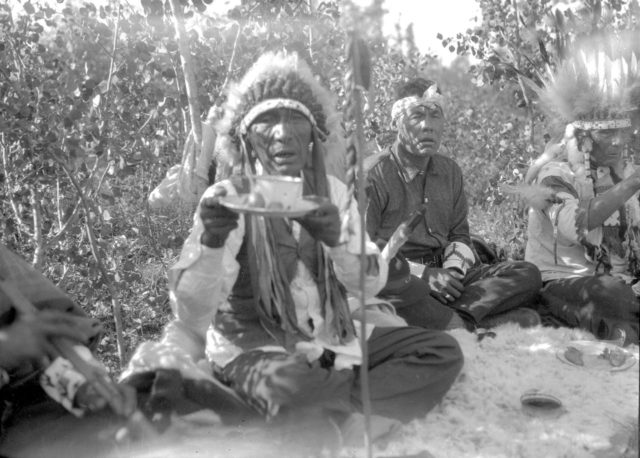
The lodges could leave bands in case of disagreement. Although Cree-speaking bands work together and with neighbors against outside enemies, usually each band remained independent of each other. The Cree who migrated onto the Great Plain and started bison hunting were called the Plains Cree and allied with the Assiniboine and the Saulteaux, a major force in the North American fur trade from the 1730s to 1870s.
The Cree generally can be divided into eight groups based on dialect and region:Naskapi( inhabitants of an area they refer to as Nitassinan, caribou hunters),Attikamekw (inhabitants of Nitaskinan (Our Land), in the upper St. Maurice River valley of Quebec (about 300 km north of Montreal).Population around 4,500,James Bay Cree – Grand Council of the Crees (population of 18,000 Cree of Eeyou Istchee and Nunavik regions of Northern Quebec), Plains Cree( 34,000 people in Alberta, Manitoba, Saskatchewan, and Montana.),Moose Cree – Moose Factory in the Cochrane District, Ontario, Swampy Cree – this group lives in northern Manitoba along the Hudson Bay and Woods Cree in northern Alberta and Saskatchewan.
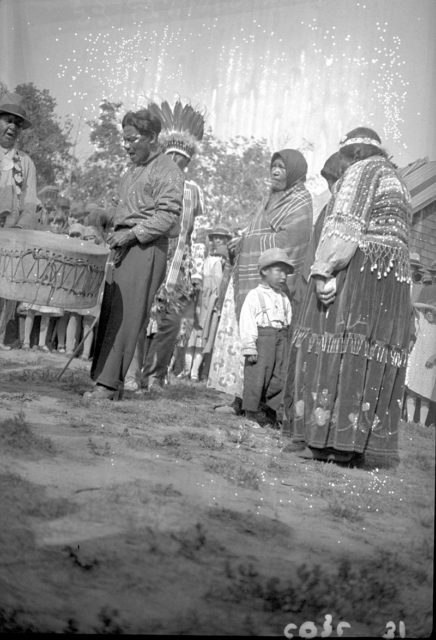
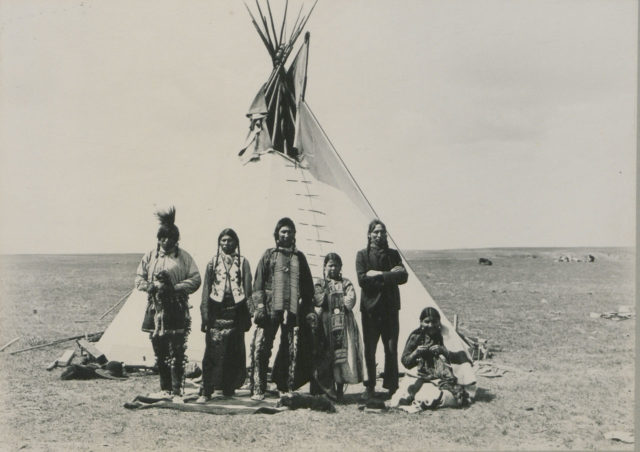
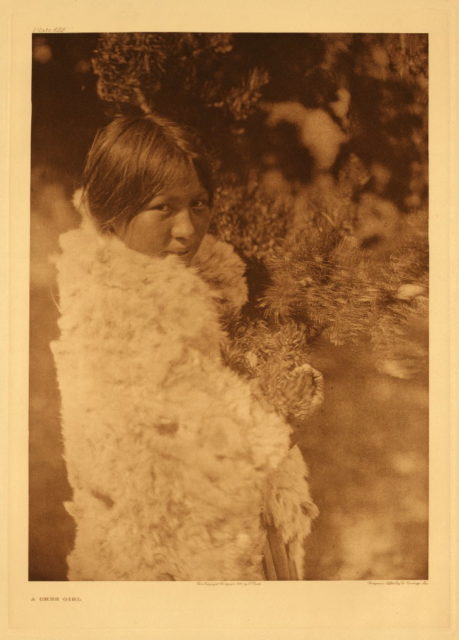
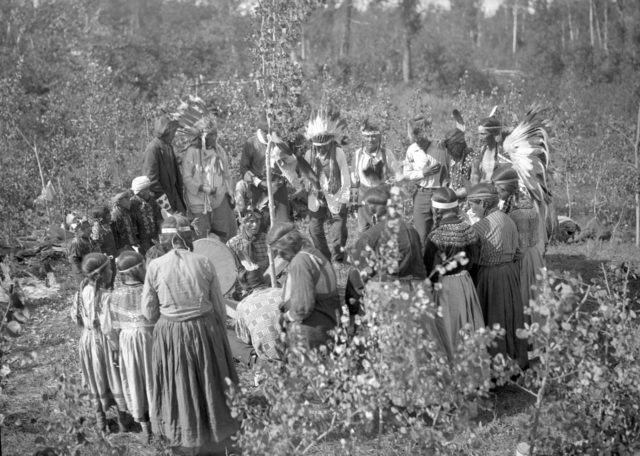
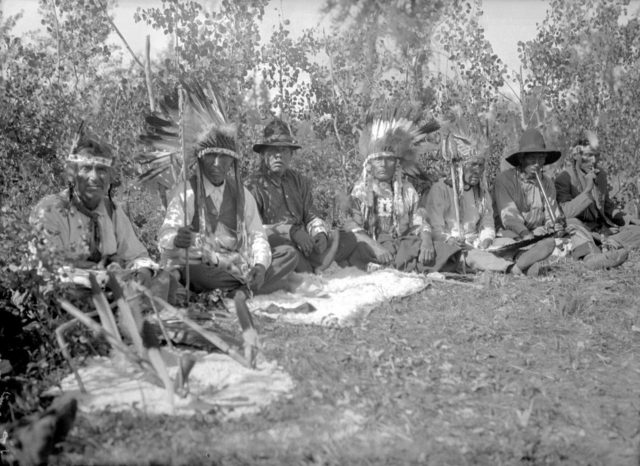
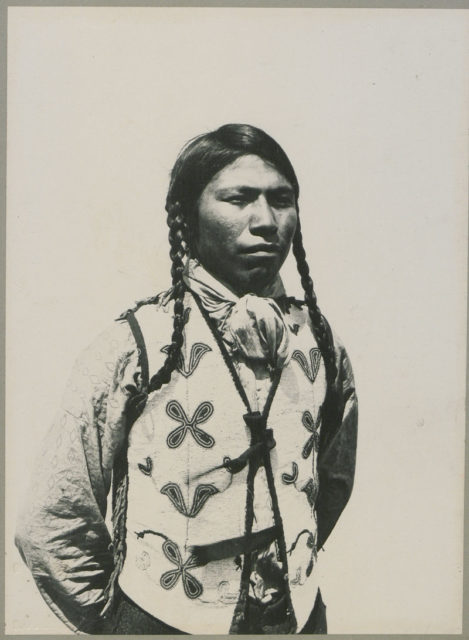
Here is another one from us on Stunning portraits of chiefs and members of the Crow tribe
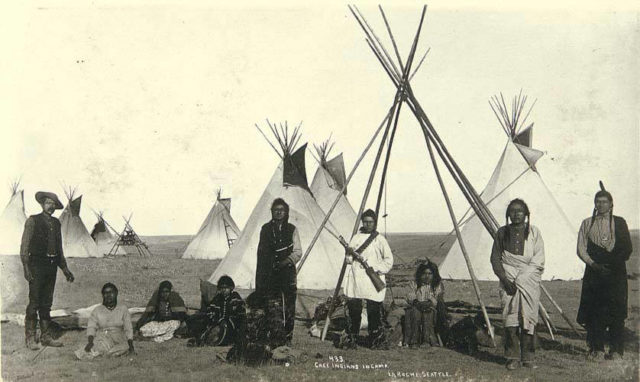
The Cree generally can be divided into eight groups based on dialect and region:Naskapi( inhabitants of an area they refer to as Nitassinan, caribou hunters),Attikamekw (inhabitants of Nitaskinan (Our Land), in the upper St. Maurice River valley of Quebec (about 300 km north of Montreal).Population around 4,500,James Bay Cree – Grand Council of the Crees (population of 18,000 Cree of Eeyou Istchee and Nunavik regions of Northern Quebec), Plains Cree( 34,000 people in Alberta, Manitoba, Saskatchewan, and Montana.),Moose Cree – Moose Factory in the Cochrane District, Ontario, Swampy Cree – this group lives in northern Manitoba along the Hudson Bay and Woods Cree in northern Alberta and Saskatchewan.
